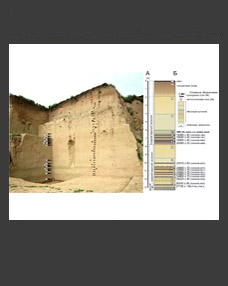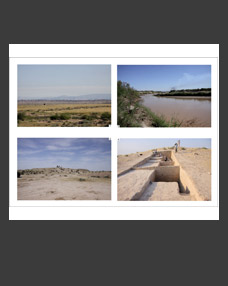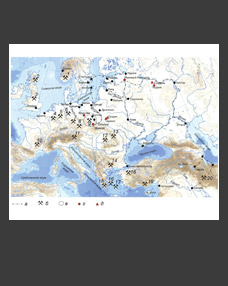Askerkhan K. Abiev *, Svetlana B. Borutskaya **, Sergey V. Vasilyev ***, Vladimir Yu. Malashev ****, Sergey Yu. Frizen ***
* Institute of History, Archaeology and Ethnography of the Dagestan Scientific Centre of the Russian Academy of Sciences, Makhachkala, Russia (abiev-ak@yandex.ru)
** Lomonosov Moscow State University, Russia (vasbor1@yandex.ru)
*** Institute of Ethnology and Anthropology RAS, Moscow, Russia (vasbor1@yandex.ru; frizents@gmail.com)
**** Institute of Archaeology RAS, Moscow, Russia (malashev@yandex.ru)
Keywords: Dagestan, Zelikakinsky burial, Albanian-Sarmatian time, osteology, dwarf, achondroplasia.
The paper presents the results of the investigation of the Zelikaka cemetery. On the basis of the record acquired the excavated complexes are dated to the late 4th – the first half of the 5th century AD and their place in the system of antiquities of Caspian Dagestan of the Albanian-Sarmatian time is determined. An interesting find was made in a stone tomb for multiple burials (Burial 4) of the first half of the 5th century AD, i.e. the remains of a dwarf. The skeleton apparently was that of a man over 30 years old (most likely, from 30 to 40 years). Markedly shortened massive arm bones of the deceased, especially shoulder bones, badly curved radius and especially ulna are indicative of such a form of dwarfism as achondroplasia.







